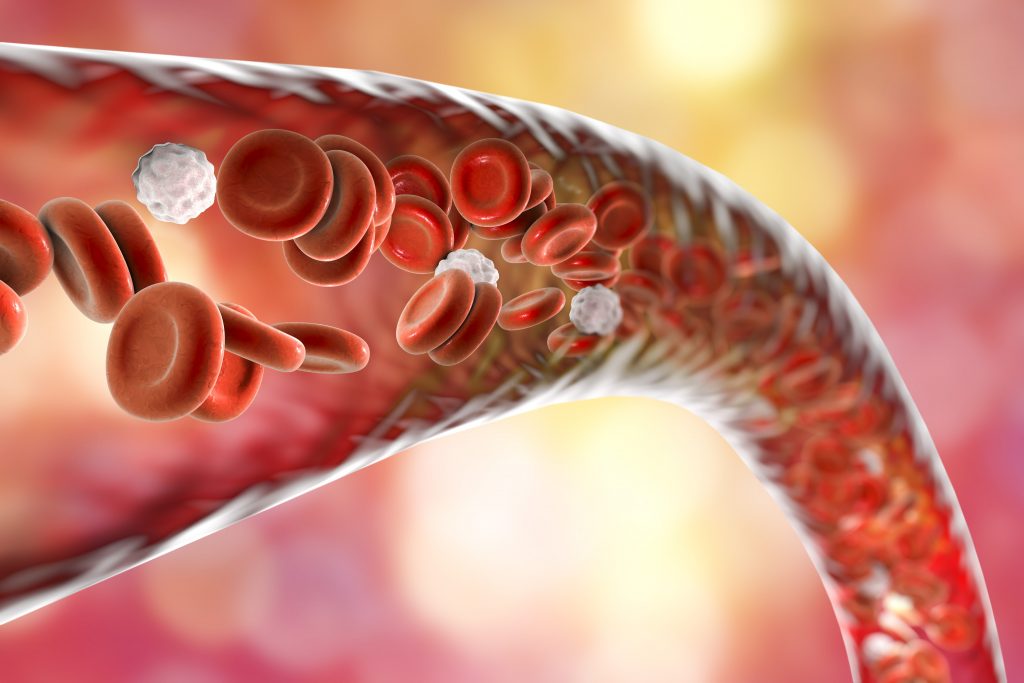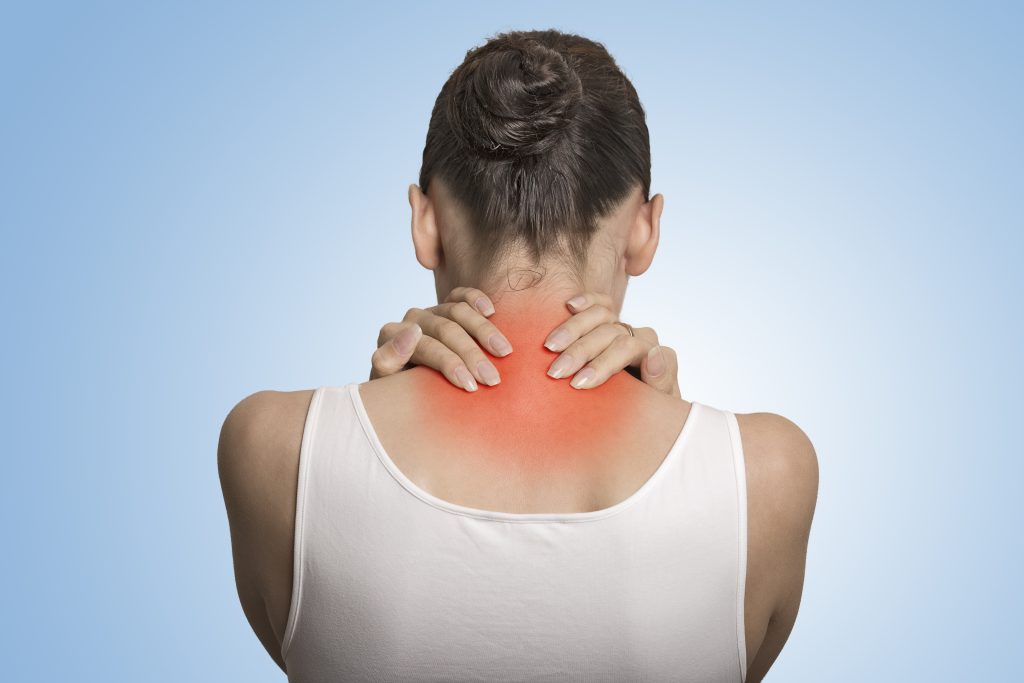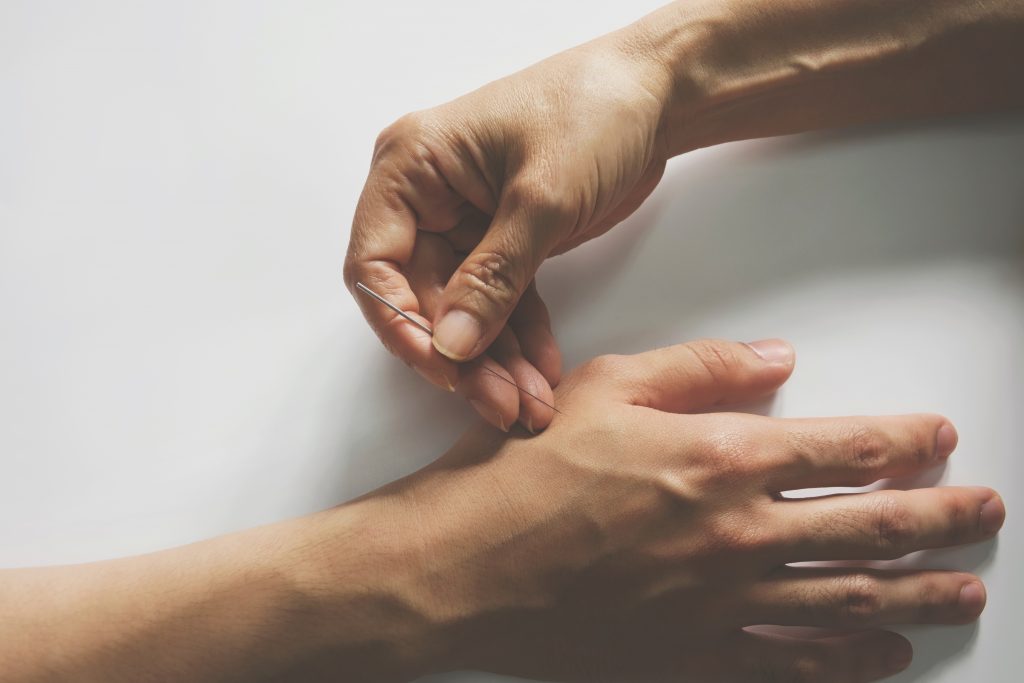In this article I cover two of the most common causes I see in patients that come to me with fibromyalgia.
These two underlying causes are so common in fibromyalgia that I categorise fibromyalgia into two types.
#1 Ischemia (Poor Blood Flow)

The number one cause I see in patients with fibromyalgia is ischemia (poor blood flow) through their major muscle groups.
Why is poor blood flow a problem?
When large muscle groups and their associated motor nerves don’t receive enough blood, it forces motor nerves to contract their associated muscle groups.
This leads to muscle tightness and chronic pain.
In Chinese medicine this is called blood stasis. To treat it, I encourage blood, oxygen and nutrient delivery into major muscle groups.
This means increasing blood flow all the way down to the small capillaries of the skin.
To do this I use a class a Chinese herbal medicines called blood movers.
I use combined formulas depending on the condition of the patient to increase blood flow into targeted areas.
Here are some of my favourite.
- Xue Fu Zhu Yu Tang
- Ge Xia Zhu Yu Tang
- Shao Fu Zhu Yu Tang
- Zhe Chong Yin
I also use Acupuncture because it drops pain quickly and can direct blood flow into targeted areas.
#2 Ischemia + Inflammation

The second most common underlying cause I see in my clinic is poor blood flow in combination with what we call “heat” in Chinese medicine.
“Heat” is a descriptive word to describe the characteristics of inflammation.
e.g. Inflamed areas typically look red, swollen and feel warm/hot to touch.
In this scenario I encourage blood flow and “clear heat” at the same time.
This is possible with a category of Chinese medicines called heat clearers.
I use formulas depending on the patients condition to clear heat in targeted areas of the body.
Here are some of my favourite:
- Bai Hu Tang
- Long Dan Xie Gan Tang
- Huang Lian Jie Du Tang
- Zhi Bai Di Huang Wan
- Zhen Ren Huo Ming Yin
- Dang Gui Nian Tong Tang
Acupuncture Methods For Fibromyalgia Pain

The ancient Chinese knew acupuncture increased blood (Xue), vital air/oxygen (Qi) and nutrient (Ying Qi) through the Xue Mai (blood vessels) and areas of disease in order to speed up the healing process.
However, what they didn’t know was that acupuncture achieves this by first stimulating the release of the bodies own pain relief through the bodies endogenous opioids.
When we’re in pain our body has a tendency to constrict blood flow and tighten the muscles around the painful area in order to protect itself.
However, when our pain level drops, the body relaxes blood vessels and muscle tissue, allowing a fresh delivery of blood into the damaged area.
This is vital because without adequate blood flow, the body has a difficult time fixing itself.
This is one reason Chinese medicine is so focused on blood, oxygen and nutrient flow!
New Findings Into Acupuncture
There’s evidence showing acupuncture sends signals to the brain to release a variety of pain relieving opioids.
These include:
- Enkepalins
- Endorphines
- Dynorphines
- Endomorphines.
Also non opioid neuropeptides such as:
- Supstance p
- Vasoactive intestinal peptide
- Calcitonin gene related peptide
These are all influenced by acupuncture, which explains acupunctures pain relieving and inflammation reducing effects.
How to get the most relief with Acupuncture?
The insertion of needles into areas around the wrist, ankles, elbows and knees are the best in my opinion.
This is because a large portion of the bodies proprioceptive nerves are condensed in these areas.
Upon needle stimulation, these areas have the greatest potential to light up the midbrain and stimulate the release of the bodies own pain relieving opioids.
Want to find out more about I treat Fibromyalgia? Apply for an initial appointment here
About The Author

David is a registered Chinese medicine practitioner and has written a number of eBooks including The Pocketbook guide to Chinese medicine.
For more content, connect with David on Facebook and Instagram
If you got value from this article, please share this content with your friends and family I
Sharing is caring!

